Step Back in Time
Take a stroll through these charming small-town communities, awe at century-old antebellum homes, open-space neighborhood parks, active historic downtowns business districts, and other history-rich sites that take visitors on a step back in time.
Historic Apalachicola
Apalachicola offers maritime history and a still-working waterfront, memorable shops, inns, B&Bs, and restaurants serving the freshest seafood on the coast, each in its unique way. Hailed as one of a “Dozen Distinctive Destinations” by the National Trust for Historic Preservation, the City of Apalachicola boasts over 200 historically significant homes and commercial structures. The original town plan, developed in the 1830s with wide tree-lined streets, remained intact when the town became the port of shipment for southwest Georgia and the Chattahoochee River valley cotton. The rows of cotton warehouses, ships’ stores, net factories, and sponge exchanges now house restaurants, shops, and galleries. Among the most significant historic sites are the Raney House (1838), Sponge Exchange (1840), Cotton Warehouse (1838), Grady Building/Consulate (1880’s and rebuilt in 1900), Dixie Theatre (1912), Ft. Coombs Armory (1901-05/oldest building continuously used by a U.S. National Guard Company), Trinity Church (1838), Chapman House (mid-1800’s home of botanist Alvin Chapman), Fry Conter House (1845) acts as the St. Vincent NWR administrative office, and Chestnut Street Cemetery (1831).
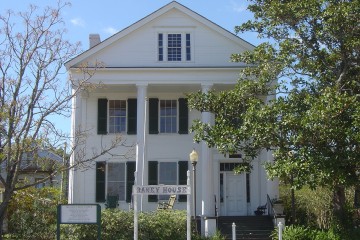
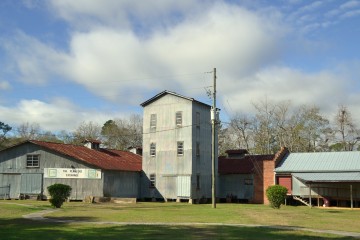
Havana’s Historic District-Planters Exchange
Named for its renowned high-quality tobacco-growing and cigar-making center, the district includes many historic buildings, such as the Planters Exchange, a renovated tobacco warehouse built in 1928. Dubbed the “Southeast’s Art and Antique Capital,” the City of Havana’s century-old brick buildings provide the perfect backdrop for dozens of shops, galleries, boutiques, and cafes.
Historic Marianna
The City of Marianna located in Jackson County, the third oldest county in Florida, has a rich history. It dates back to the Spanish mission of San Nicolas de Tolentino, established at the mouth of a large cave in 1674. The Marianna Historic District is bounded by Davis, Park, Jackson, and Wynn Streets. It contains 181 historic buildings, including the Joseph W. Russ, Jr. House (1892-1896), Davis-West House (c. 1840), Ely-Criglar House (c. 1840), Gregg Residence (1942), Dickson-Mock House (1901), and the Hinson House (1920). The Battle of Marianna Monument and St. Luke’s Episcopal Church and Graveyard stands testament to the 1864 Battle of Marianna. The culmination of the deepest penetration of Confederate Florida by Federal soldiers during the entire War Between the States, the Battle of Marianna was deadly and fierce and has been labeled by some as “Florida’s Alamo.”
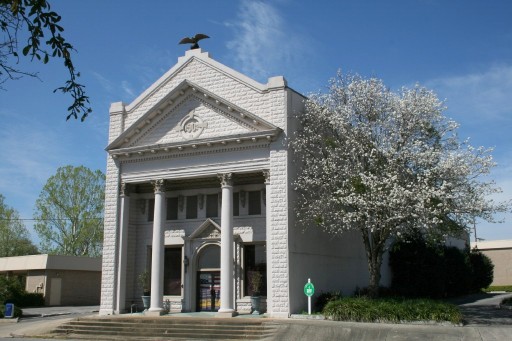
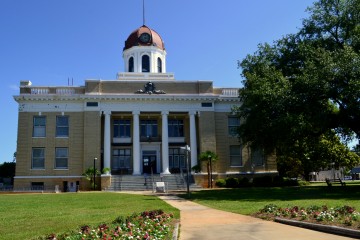
Quincy’s Historic District
Established in 1828, Quincy soon became a unique tobacco-growing center. The county prospered until the Civil War. At the turn of the century, Quincy Bank President M.W. “Pat” Munroe thought Coca-Cola was a well-managed company and encouraged patrons of his bank to invest in the fledgling company, resulting in scores of “Coca-Cola Millionaires.” Many of their homes are located within the 36-block nationally designated historic district. Visit the Chamber of Commerce at 208 Adams Street for a Walking Tour Booklet.
Chattahoochee History
High on a hill above the East Bank where the Apalachicola River begins its winding journey to the Gulf of Mexico, is the charming City of Chattahoochee, Florida. Thousands of years ago its strategic location on high ground at the confluence of the Flint and Chattahoochee rivers established it as an important Native American trade center. As Florida’s river gateway to the Gulf of Mexico, its rich and colorful history spans centuries and includes the location of a major ceremonial mound complex, a river crossing on the original Old Spanish Trail, a late 1700s observatory and weather station, a British outpost, a Federal arsenal, connection to a major railroad junction, a Confederate training facility, a Freedman’s Bureau, Florida’s first penitentiary and first hospital for the mentally ill.

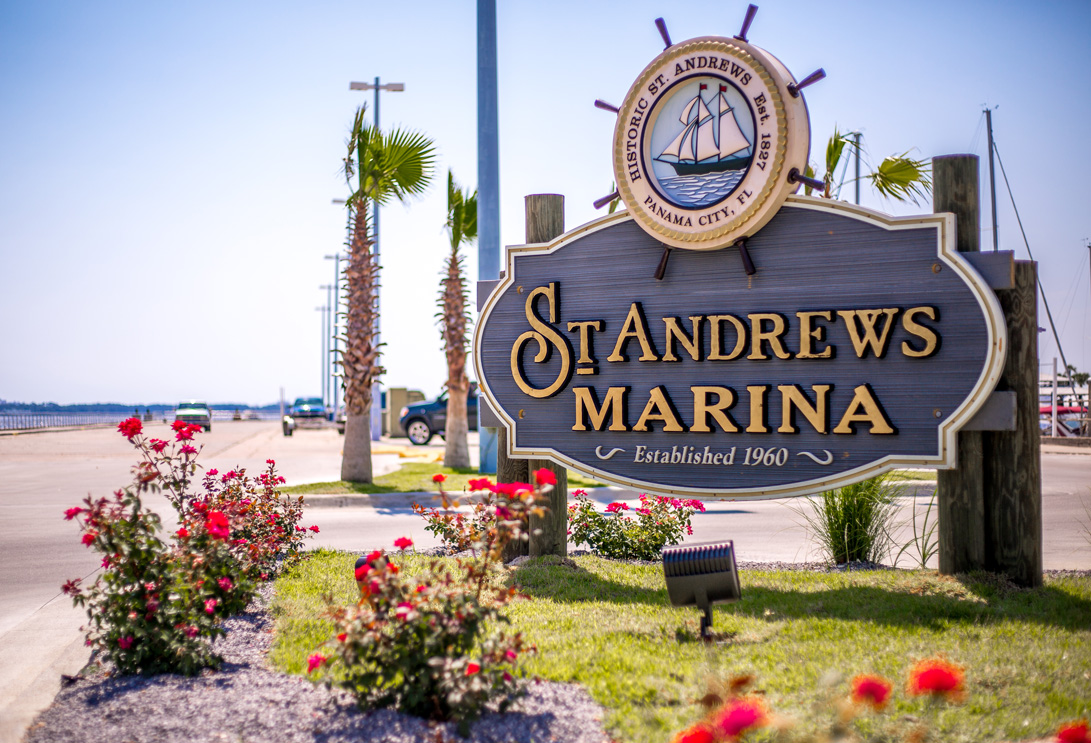
History of St. Andrews
St. Andrews was established in 1827 and sits on the shores of beautiful St. Andrews Bay. The first European settlement in the St. Andrews Bay area was along Beach Drive between Frankford Avenue and Lake Caroline. Just a few people resided year-round in St. Andrews at that time, earning a living making salt, fishing, and boarding vacationers who came to the area for the “healthy sea baths” and the abundant fishing stock in St. Andrews Bay and nearby Gulf of Mexico. In 1845, the town was referred to as “St. Andrews” by the post office. The geodetic survey of 1855, the first official survey, showed the town as “St. Andrews City” and the bay was called “St. Andrews Bay”. In 1908, St. Andrews was incorporated for the first time. It continued to grow in the early 1900s and became a popular port on the gulf coast. Other towns had grown up in the area, one of those being Panama City, which annexed St. Andrews, and three other small towns in 1927. In the 1980s, commerce in St. Andrews took a sharp dive as the business community left for the “new” territory in Panama City Beach. Historic St. Andrews began its revitalization in 1989 making it the thriving waterfront community it is today.
Chipley’s First Historic District
South Third Street was designated a US historic district on February 21, 1989. Thirteen historic homes can be found on the street with some of the best examples of Queen Anne Victorian-style architecture in the state of Florida. Plaques adorn the front of the homes with the year in which each structure was built. For a complete list of the history of these homes, visit the Washington County Historical Society Museum on 7th Street in Downtown Chipley. An unveiling of a historical marker was held in April 2017. The marker is set across from the Washington County Courthouse.
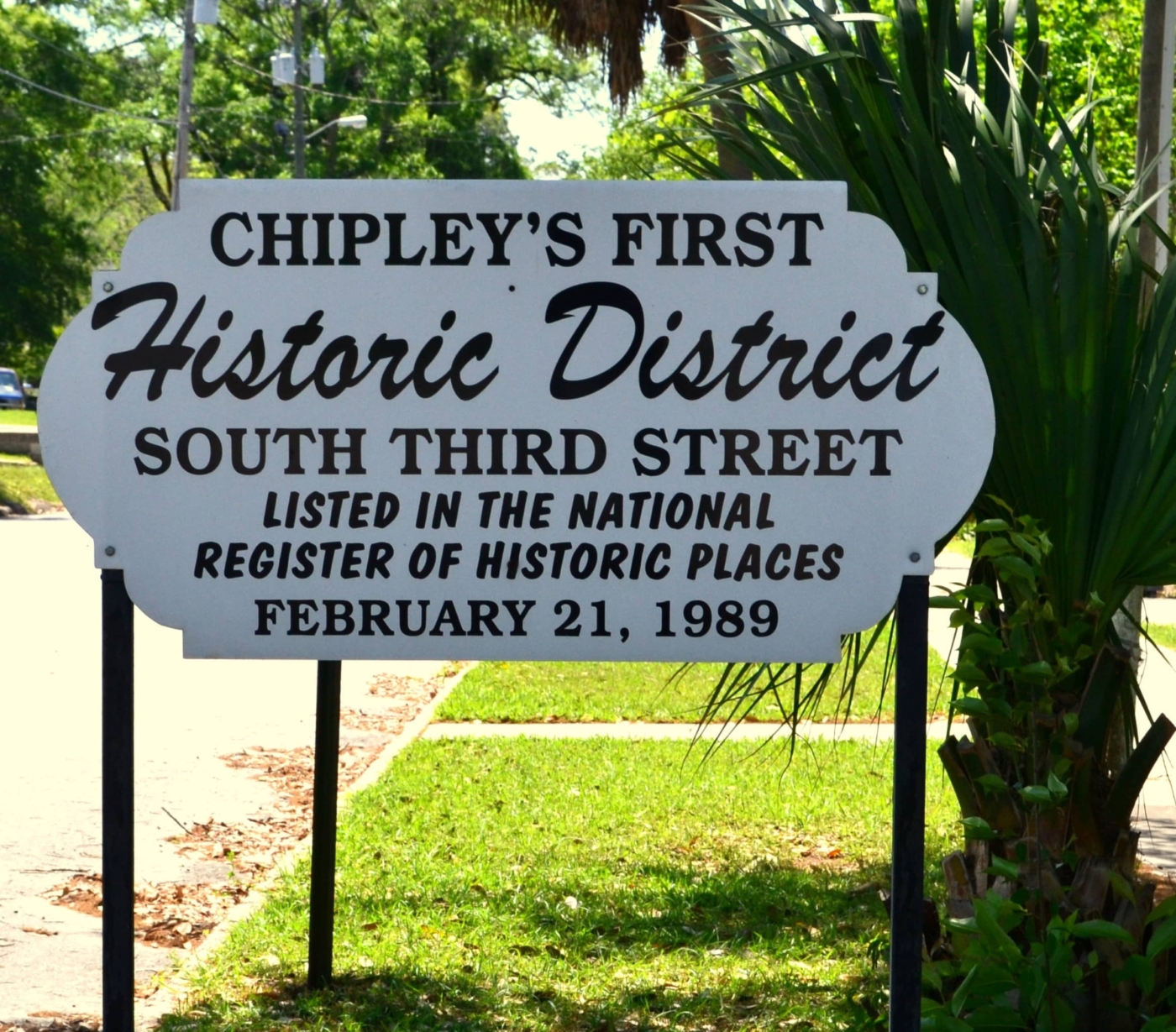
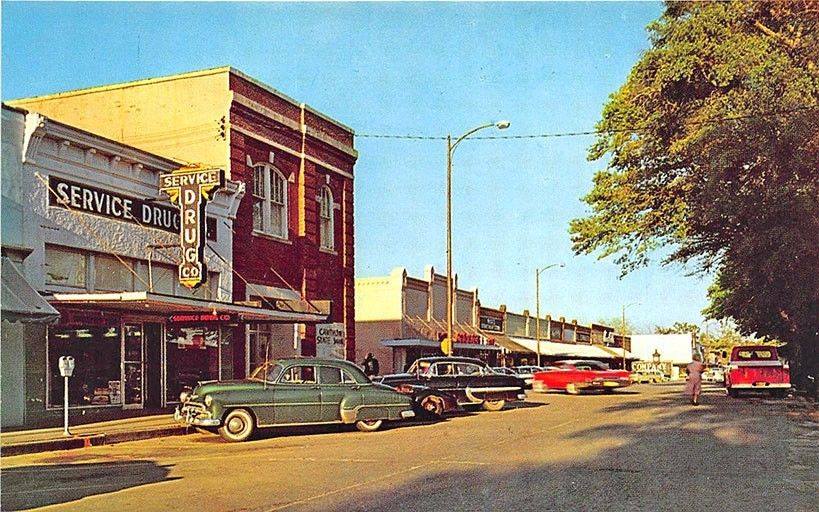
DeFuniak Springs Historic District
A quiet friendly community centered around one of the nation’s only natural perfectly round spring-fed lakes. DeFuniak Springs is home to a once-gated campus/resort built during the Victorian era and marketed to the nation as “The Education Resort of the South.” The historic grounds of this campus/resort first welcomed visitors to the annual, multi-week Florida Chautauqua Assembly from 1885 to 1927. Incredibly, the grounds have changed very little over the years and the charming structures collectively are listed on the National Register of Historic Places. Many of the homes built in the early years, by visitors to the Florida Chautauqua who moved here from the north, along with businessmen of the time, still stand. Historic DeFuniak Springs has a rich and broad history that affected the nation, a small town that did great things, and still continues to do great things today.
